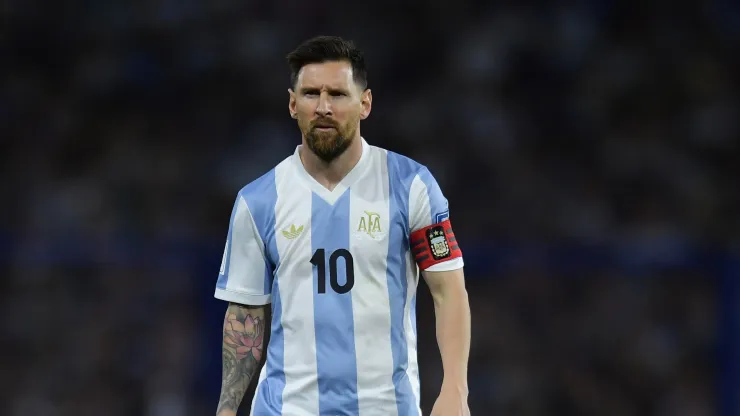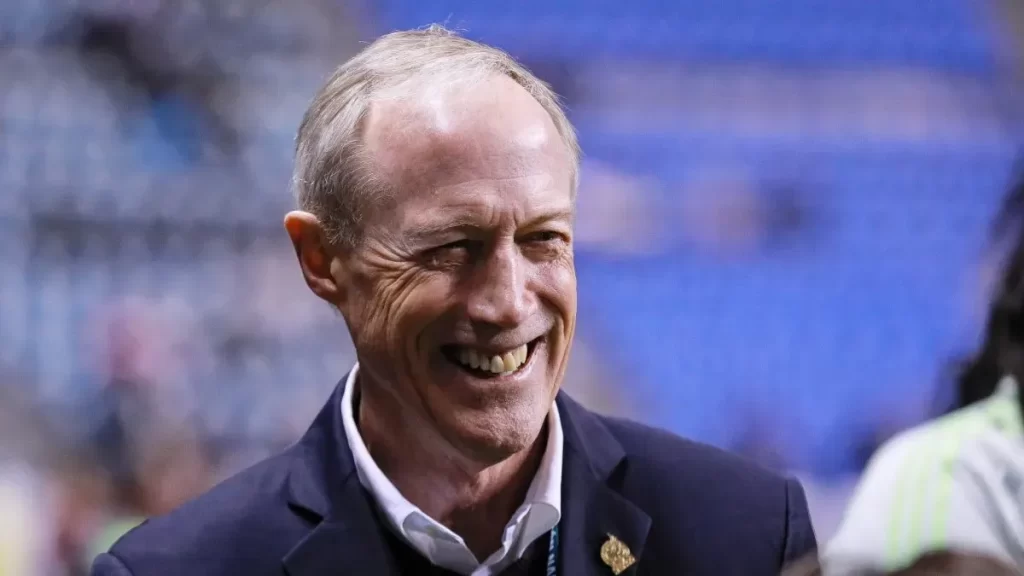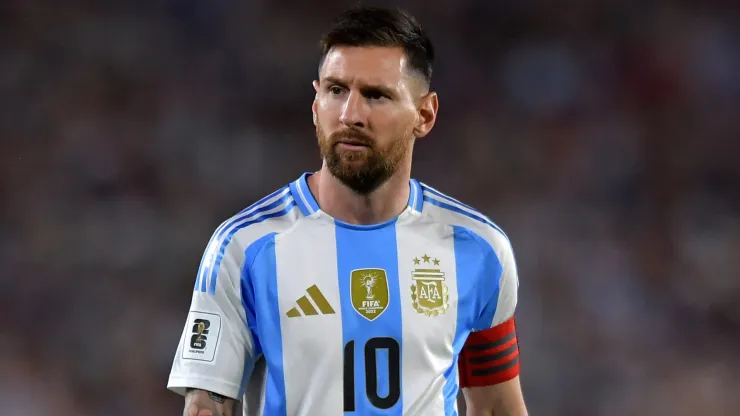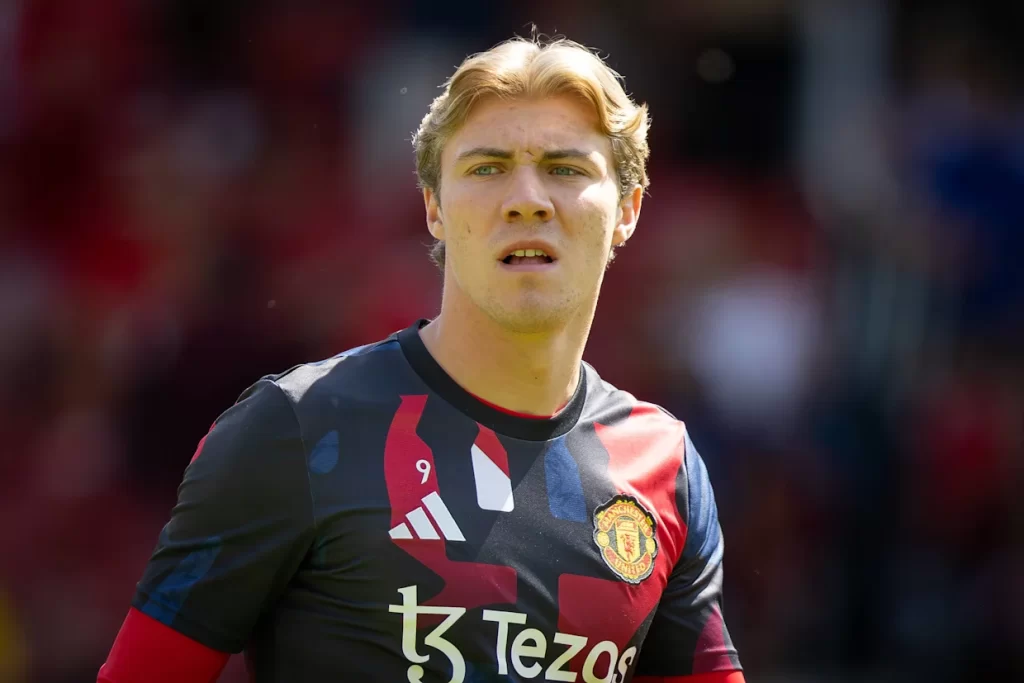1. Introduction
The year 1990 was a year of upheaval and hope for West Germany. While the political landscape was dominated by the impending reunification, football provided a platform for national identity, passion, and pride. The players of the West German national team appeared not only with the ball, but also with a symbol of unity and sporting ambition – the iconic 1990 Germany jersey. The pitches of Italy during the World Cup reflected not only sporting excellence, but also the quest of an entire nation for recognition and cohesion. This article examines how football and history were inextricably linked that year and the significance of the jersey and the team for West German society.
2. Historical Context
West Germany in 1990 was at a crucial turning point in its history. The Berlin Wall had fallen a year earlier, and the signs for German reunification were clear. Politically and socially, there was a sense of uncertainty, but also hope for a new era. During this time, football served as a reflection of the social mood: on the streets and in the stadiums, enthusiasm, patriotism, and a collective need for solidarity merged. Football matches became events where people of all ages and backgrounds shared their emotions and experienced a sense of normality and community. The national team not only embodied sporting excellence but also symbolized the cohesion of a nation changing. The year 1990 was thus not only a sporting but also a historical showcase for West Germany’s identity.
3. The 1990 Germany Jersey
The 1990 Germany jersey is more than just a sports kit today—it is a symbol of an era and a historic moment. Designed with clean lines, the classic black, red, and gold stripes on the chest, and a simple yet elegant cut, it reflected both tradition and modernity. For the players, it was a sign of solidarity and identity; for the fans, a tangible symbol of pride and belonging. The jersey was not only worn on the pitch, but also shaped the nation’s collective memory. Every seam and every gradient seemed to reflect the excitement and hope of a country preparing for its great sporting triumph. In Italy’s stadiums, at every kickoff and every goal, the jersey became a visual expression of unity and ambition—a garment that made history visible on the pitch.
4. The National Team in 1990
The West German national team in 1990 was a blend of experience, talent, and tactical finesse. Under the leadership of coach Franz Beckenbauer, the team presented itself as a disciplined unit in which every player knew their role but was also able to react flexibly to game situations. Captain Lothar Matthäus led the midfield with a mixture of determination and strategic flair, while strikers like Rudi Völler and Jürgen Klinsmann scored the decisive goals. The defense, featuring players like Klaus Augenthaler, was characterized by stability and organization. But it wasn’t just the team’s playing strength that shaped the team’s image; personality and team spirit also shaped it. Every player wore the Germany jersey not just as a sportswear item, but as a visible symbol of national identity and collective responsibility. Together, they embodied the self-confidence of a country on the cusp of historic change.
5. The 1990 World Cup in Italy
The 1990 World Cup in Italy was more than just a sporting tournament for West Germany –Cheap Football Shirts became a scene of historic drama and national emotion. From the opening match, the team demonstrated its strength, battling through the group stage and mastering difficult knockout matches with nerves of steel and tactical skill. Matches against strong opponents like the Netherlands and England became defining moments, demanding equal amounts of team spirit and individual talent. The Germany jersey, worn by the heroes of these matches, became a symbol of unwavering solidarity. With every goal and every save, the nation, which had been experiencing change for months, grew hope for a tangible sense of success. The final against Argentina was ultimately the climax of a tournament that showcased not only sporting mastery, but also the team’s ability to thrive under pressure and make history. The triumphant victory made the players legends, and the jersey a timeless symbol of West German identity and collective joy.
6. Football as a Mirror of History
Football in West Germany in 1990 was far more than a sport; it reflected the country’s social and political changes. On the pitch, performance, passion, and collective identity merged into a visible expression of national sentiment. The national team embodied not only sporting excellence, but also the pursuit of unity and cohesion in a time of upheaval. The victories, the fans’ cheers, and even the challenges during matches became symbols of hope, commitment, and the longing for a new chapter in the country’s history. The jersey, the team, and the World Cup successes made it clear how closely sport and society are intertwined: Every goal and every triumph reflected the self-confidence of a nation on the path to rewriting its history. Football thus became a mirror reflecting the hopes, fears, and dreams of West Germany.
7. Conclusion
The year 1990 remains a defining chapter in the history of West German football, in which sport and contemporary history were inextricably linked. The national team, clad in the iconic Germany jersey, not only demonstrated sporting mastery but also reflected the social mood of a country in transition. The World Cup in Italy became a symbol of team spirit, cohesion, and national identity, while the jersey itself became a visual symbol of pride and remembrance. Football served as a stage on which history became visible that year—a medium that united people, aroused emotions, and reflected the passage of time on the pitch. In retrospect, it is clear that the sporting triumph of 1990 extends far beyond goals and trophies: It remains a mirror of West German society, its hopes, its successes, and its enduring pride.









